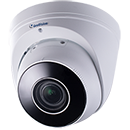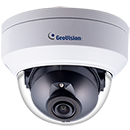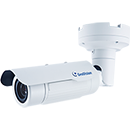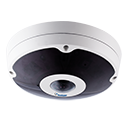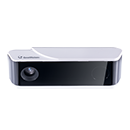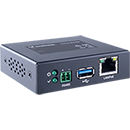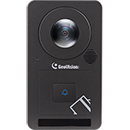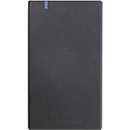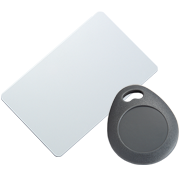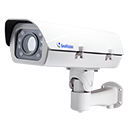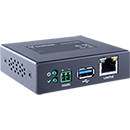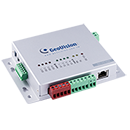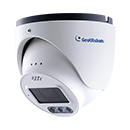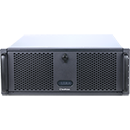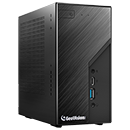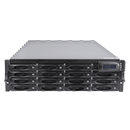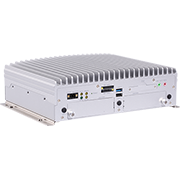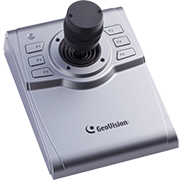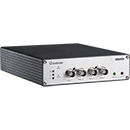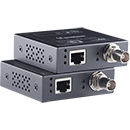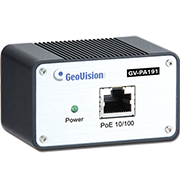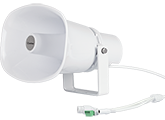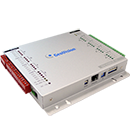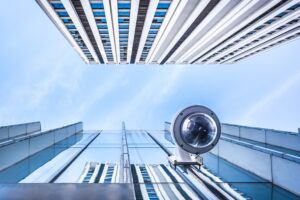
Multisensor cameras boast various advantages, among them coverage of wide areas with fewer devices and reduced installation and maintenance cost. But as with all other IT or electronic devices, there are various things to consider when selecting a multisensor camera. At the same time, there are certain installation tips that the user/installer may find helpful.
Basically, choosing a multisensor camera requires an understanding of the user’s own needs and requirement. The following are some of the factors that the user should look at when choosing the device that best suits them.
Fixed vs. multidirectional
Multisensor cameras come with either fixed or adjustable lenses. For the former, cameras allow 180-, 270- and 360-degree field of view. Users should pick a camera with the FOV that best matches their use case. For example an open square or parking lot can benefit the most from a 360 degree, and a long street will only require 180 degrees.
A multisensor camera with adjustable lenses, meanwhile, allow the user to see several directions at once. An adjustable multi-directional camera provides more flexibility in situations where you don’t require a continuous view, but would rather use the camera to look at specific areas. In this case, each camera can be adjusted independently. One camera can face the doorway, while the other cameras are used to view specific areas of a large room.
Compression
If the area to be surveilled has a lot of movements, then choosing a camera with good compression would be a good way to save bandwidth and storage space. Combining smart coding and H.265 compression, delivers a lower bit rate from the four 4K cameras than a standard 4K camera at H.264. The four repositionable lenses can reduce blind spots and monitor a variety of intersection shapes in city centers.
Weather-/Vandal-proof
For outdoor applications, the camera should be resistant to harsh weather and vandalism. An IP66 rating (or higher) is ideal for cameras installed outdoors that can be subject to extreme weather conditions.
WDR/lowlight
Also in outside applications, it would be ideal if the multisensor camera has good WDR and lowlight performance to address various lighting conditions. Multi-sensor cameras are still security cameras that need to extract information from scenes with challenging lighting conditions. So, you should look for adequate resolution for the detail you need, good enough low light and wide dynamic range performance and for cameras that can adapt to these changing conditions dynamically.
If the area to be captured has simultaneously shaded and bright light conditions, wide dynamic range at 120dB usually provides the best visual balance. If the end user demands clear color images in an area with poorly-lit conditions, it would be prudent to find a model with LED illumination built into each gimbal of the multi-sensor camera.
Installation tips
Generally speaking, with one cable and one IP address, a multisensor camera is easy to install – a draw that attracts users in the first place. But there are still installation tips that installers and users can find helpful.
Panoramic multi-sensor cameras are best mounted higher than 3 meters and at least 3 meters away from moving objects in the scene to capture wide field of view. Multi-directional cameras need to be mounted in locations from which you can cover the targeted areas of interest.
The correct tilt and positioning of both multi-sensor and multi-adjustable cameras are critical to get the maximum coverage of an area – for example, not placing the camera right next to a wall since the lateral views will be completely covered.
Again, a full understanding of what the customer’s needs are is an important prerequisite. It is usually better to start with the requirements and expectations of the customer before suggesting installation locations. It is important to understand what the customer expects to see. Sometimes there are unreasonable expectations.
Adapted from a&s Magazine
